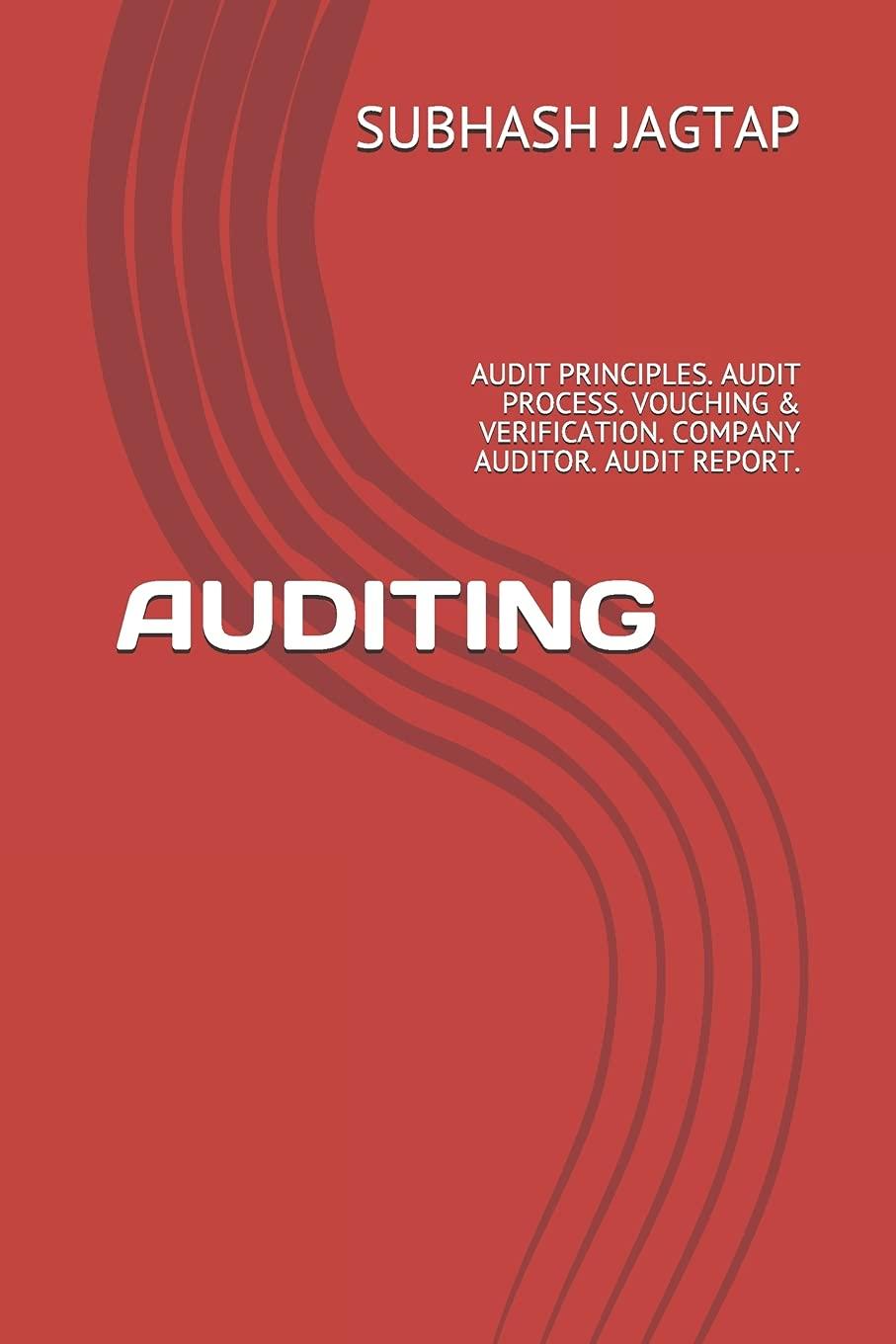Question
Activity Cost Pools Machining Purchase orders Design alterations Customer relations Segment sustaining Total Manufacturing overhead 30% 10% 40% 0% 20% 100% Fixed selling expenses 0%
| Activity Cost Pools | Machining | Purchase orders | Design alterations | Customer relations | Segment sustaining | Total |
| Manufacturing overhead | 30% | 10% | 40% | 0% | 20% | 100% |
| Fixed selling expenses | 0% | 25% | 30% | 35% | 10% | 100% |
| Total administrative expenses | 25% | 0% | 0% | 30% | 45% | 100% |
Information on the costs associated with the three activity cost pools can found in the traditional income statement reported on the previous page.
Model-specific data:
|
| Standard | Advanced | Total |
| Sales | $600,000 | $400,000 | $1,000,000 |
| Direct costs |
|
|
|
| Direct materials | 125,000 | 75,000 | 200,000 |
| Direct labor | 30,000 | 20,000 | 50,000 |
| Variable selling expenses | 25,000 | 15,000 | 40,000 |
| Units sold | 5,000 | 2,000 |
|
| Unit selling price | $120 | $200 |
|
| Machine hours per unit | 0.4 MH | 0.6 MH |
|
Data from the activity-based costing system:
|
|
| Expected activity | ||
| Activity cost pool | Activity measure | Standard | Advanced | Total |
| Machining | number of machine hours | 2,000 | 1,200 | 3,200 |
| Purchase orders | number of purchase orders | 200 | 300 | 500 |
| Design alterations | Number of design alterations | 0 | 400 | 400 |
| Customer relations | Number of customers | 20 | 80 | 100 |
| Segment sustaining | Not applicable |
|
|
|
Calculate product margin for the two models, Standard and Advanced, separately using the activity-based costing system. The amount of product margin should be on a total basis and on a per-unit basis using the following template for guidance:
Standard Advanced
Sales $$$ $$$
Activity-based costs
Direct materials $$$ $$$
Direct labor $$$ $$$
Variable selling expense $$$ $$$
Machining $$$ $$$
Purchase orders $$$ $$$
Design alterations $$$ $$$
Product margin $$$ $$$
Average product margin per unit $$$ $$$
Note: customer relations is a customer-level activity and should not be included in the computation of the product margin.
Step by Step Solution
There are 3 Steps involved in it
Step: 1

Get Instant Access to Expert-Tailored Solutions
See step-by-step solutions with expert insights and AI powered tools for academic success
Step: 2

Step: 3

Ace Your Homework with AI
Get the answers you need in no time with our AI-driven, step-by-step assistance
Get Started


